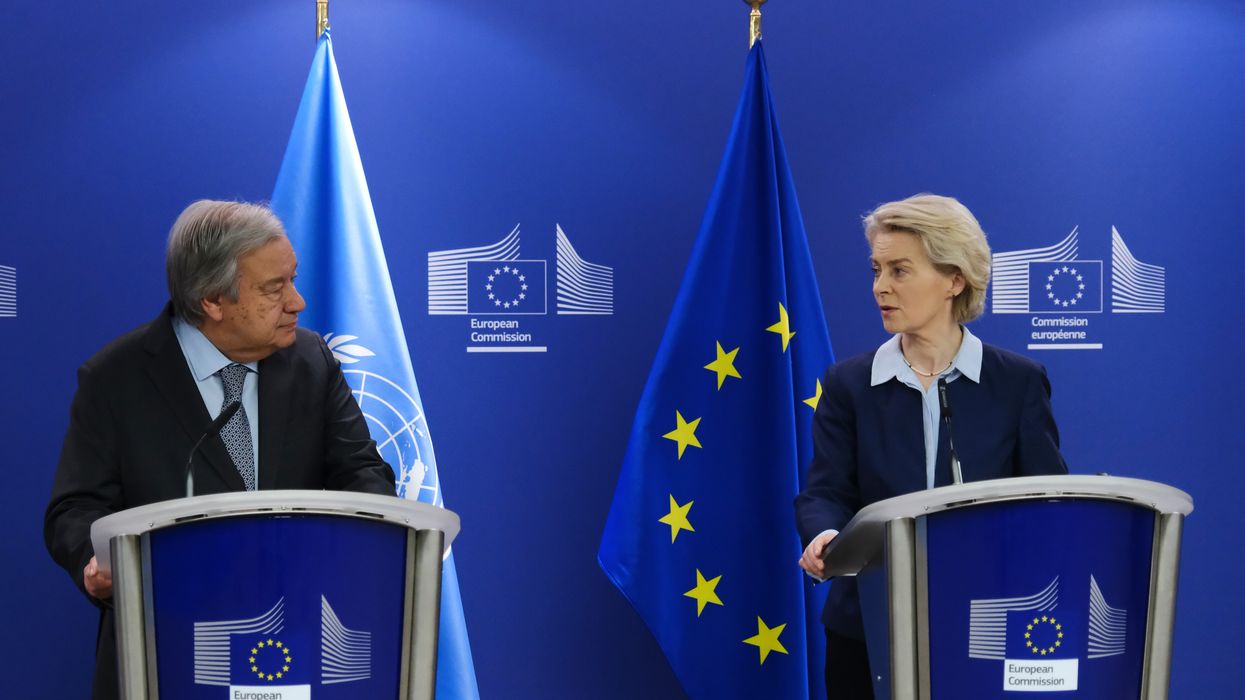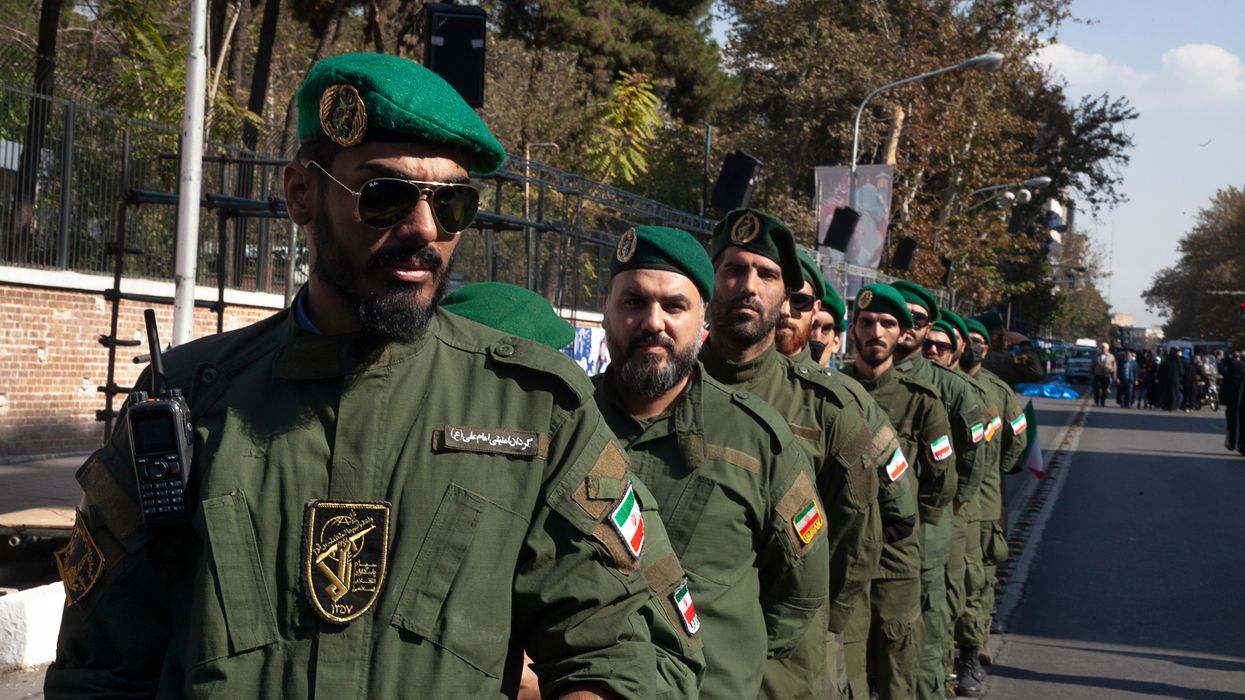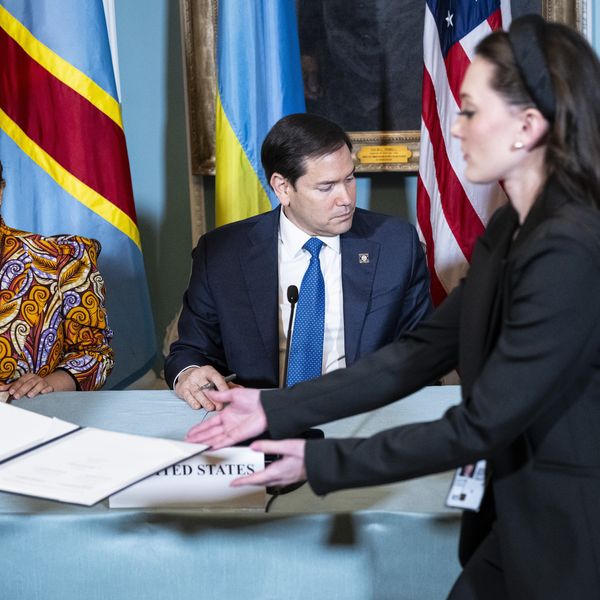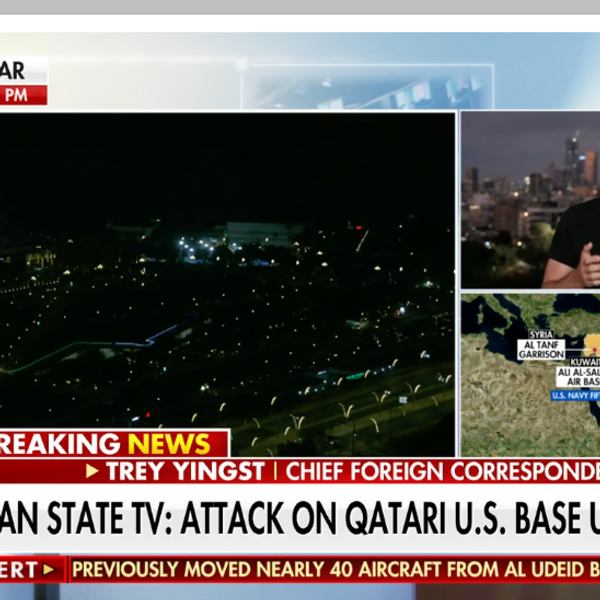The first half of 2021 has seen the leadership of Saudi Arabia improve ties with several states in the Middle East. For various geopolitical, security, and economic reasons, the Saudis have chosen to engage the Iranians in talks in Baghdad, pursue rapprochement with Qatar, lower temperatures in bilateral relations with Turkey, and cautiously reach out to the Syrian government.
Considering that these countries were, until quite recently, on bad terms with Riyadh, it is evident that Saudi foreign policy is shifting in a more pragmatic direction. This reflects new realities of the increasingly difficult economic environment created by COVID-19, the intensifying Houthi threat to Saudi security, and the end of Trump’s presidency, which leaves Riyadh without an American head of state bending over backwards to unconditionally back Saudi conduct come what may.
Within this context, Saudi Arabia is taking steps to improve its ties with neighboring Oman — a fellow Gulf Cooperation Council state whose relationship with Riyadh had also suffered in recent years. Tensions that built up between Saudi Arabia and Oman pertained to Muscat’s working relationship with Iran, Saudi conduct in parts of Yemen (chiefly al-Mahra, situated along Yemen’s Oman border), Omani concerns late in the reign of Sultan Qaboos that Riyadh would meddle in the Sultanate’s succession process, and other issues.
The visit paid by Oman’s new Sultan Haitham bin Tariq to Saudi Arabia this month was important to the bilateral relationship and will serve to further consolidate good ties between both monarchies in the post-Qaboos era. On July 11, the Omani head of state arrived in NEOM — the “mega city” project on Saudi Arabia’s Red Sea coast, marking Sultan Haitham’s first trip to a foreign country since his ascension to power in January 2020.
While the Omani leader was in Saudi Arabia, the two countries signed numerous transport, culture, and commerce deals. During his visit, the Kingdom and Sultanate opened a 500-mile land route connecting Ibri in Oman and al-Ahsa in Saudi Arabia. This desert highway enables greater connectivity between the two countries that could lead to higher levels of Saudi-Omani trade, which will no longer rely on a much longer route via the United Arab Emirates.
For Saudi Arabia, better relations with Oman must be seen within the context of mounting friction in the Saudi-UAE partnership which has garnered much attention in world media following Riyadh and Abu Dhabi’s OPEC clash earlier this month. Many questions about the Saudi-UAE relationship remain open. Thus, Riyadh sees improved ties with other GCC states — notably Oman and Qatar — as boding well for Saudi interests as the lockstep partnership with the UAE cools.
War in Yemen
The Yemen conflict, which Saudi Arabia desperately wants to see wind down, is key to Riyadh’s desire to strengthen relations with Muscat and overcome the friction of previous years. Sultan Haitham and the Saudi leadership discussed the war in Yemen during his visit. In addition, on June 9, Muscat’s chief diplomat Sayyid Badr bin Hamad Albusaidi visited the Saudi capital where he and his Saudi counterpart discussed Yemen and other regional issues. One week later, the two foreign ministers resumed their discussion on the sidelines of the Ministerial Council of the GCC’s 148th session.
As the Houthi rebels continue to hit Saudi Arabia with increasingly technologically advanced weaponry that poses a dire threat to the Kingdom’s security and economy, Riyadh sees Muscat as a useful diplomatic bridge to the Houthis. Whereas earlier on in this conflict, Oman’s neutrality in Yemen was an irritant for Saudi Arabia and other Arab states in the anti-Houthi coalition, Riyadh now views the road to peace in Yemen as running through Oman. Although Muscat can’t swiftly or magically resolve the Yemen war on its own, the Sultanate has established itself as the only GCC state capable of playing a productive bridging role between the Houthis and Iran on one side and GCC and Western countries on the other.
To be sure, the Omanis are not acting as interlocutors between Riyadh and the Houthis for the sole reason of helping Saudi Arabia exit this bloody quagmire with a sense of security and dignity. Continuation of the Yemen crisis poses the gravest threat to Oman’s national security as well, especially considering the complex situation that has unfolded for years in al-Mahra. Therefore, reaching a political settlement in Yemen that can bring about a new Omani-Saudi understanding vis-à-vis eastern Yemen bodes well for Muscat’s interests in seeing the multiple and intersecting conflicts in Yemen wind down. In the words of the University of Exeter’s Marc Valeri, “Omani foreign policy is basically at the service of Omani political stability, and Omani political stability needs regional stability.”
Oman’s difficult economic position
Economic challenges facing Oman also contribute to the consolidation of a better relationship between Muscat and Riyadh. Suffering from the double-whammy of COVID-19 and low oil prices, the Sultanate’s economy is in serious trouble.
Oman has a high debt-to-GDP ratio, which jumped from 15 percent in 2014 to 80 percent in 2020. Officialdom in Muscat have long realized that youth unemployment is the most serious long-term internal challenge to the country. Today that figure stands above ten percent. Understandably so, many young Omanis are pessimistic about their economic future, as highlighted by the protests in Ibri, Nizwa, Salalah, Sohar, Sur, and Rustaq that took place in May. Against the backdrop of a value-added tax being implemented (a major factor behind the protests), the country’s social contract may undergo strains in the months and years ahead.
Turning to the GCC’s largest economy for financial assistance and greater investment can help Oman address its economic challenges. Riyadh, for its part, does not want to see instability in Oman or any other GCC state. Thus, the Saudis have their own reasons for helping the Sultanate amid this period of economic difficulty.
The road ahead
Although Saudi Arabia and Oman are extremely different types of Arabian monarchies, the two countries face many of the same problems in terms of achieving economic diversification before the oil runs out. With economies that remain heavily reliant on hydrocarbon resources, the leadership in both Riyadh and Muscat understand how building vibrant private sectors and growing knowledge-based economies are critical to long-term stability across the GCC.
As the Omanis have long believed in a strong GCC that is capable of advancing regional economic integration, officials in Muscat welcome opportunities to attract more investment from Saudi Arabia and boost bilateral trade. Greater economic integration with Saudi Arabia will help Oman leverage its geographic location on the Arabian Peninsula’s southeastern corner when it comes to growing the Sultanate’s logistics, ports, and infrastructure sectors at a time when Oman’s economic problems desperately need alleviation.














